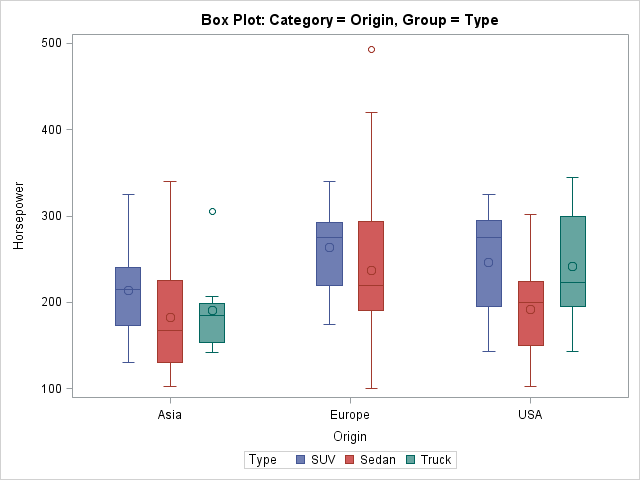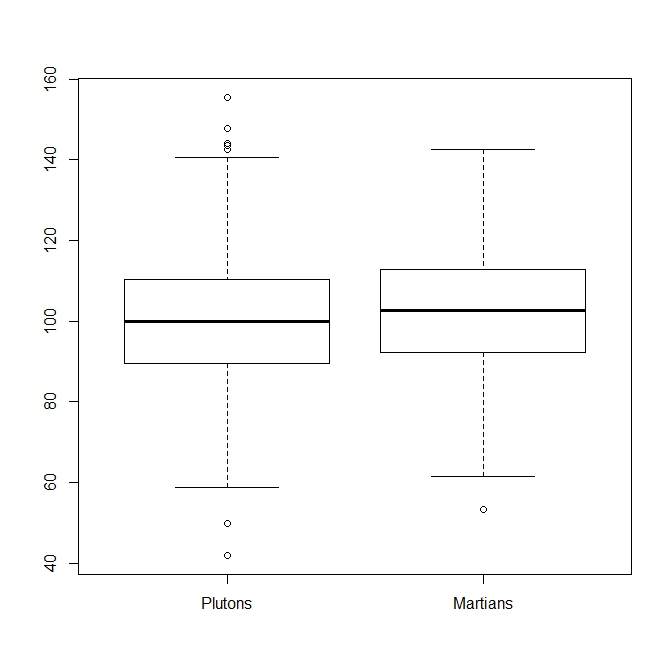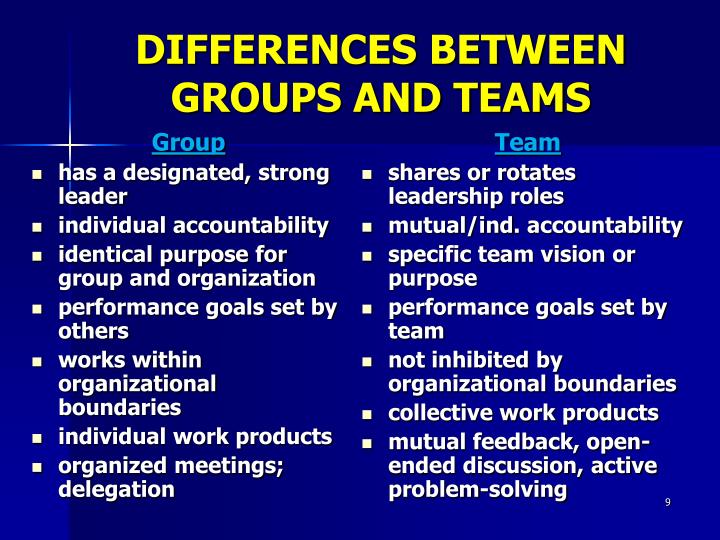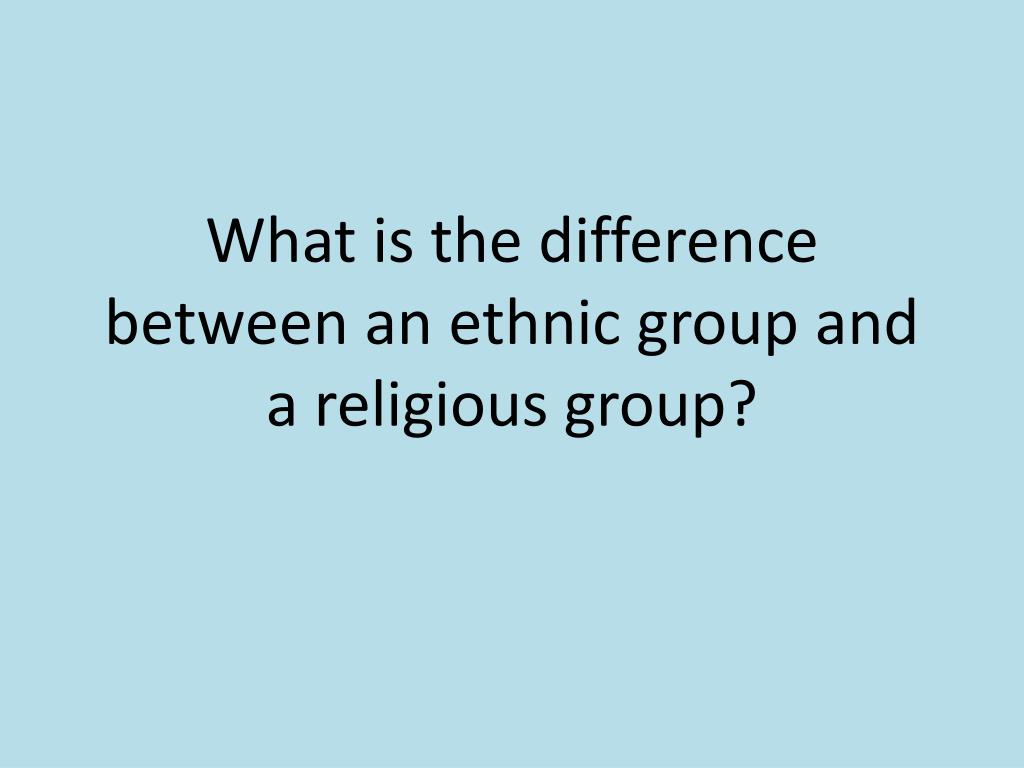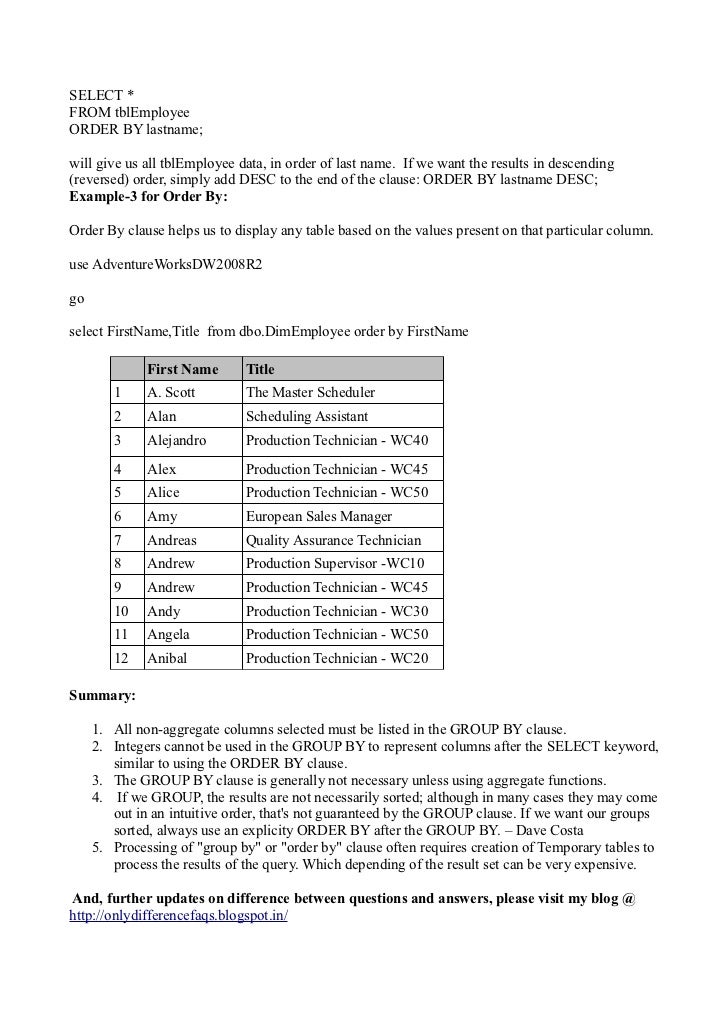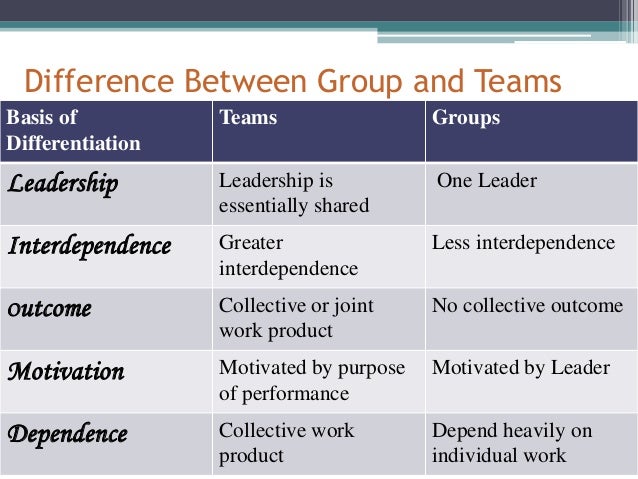Aggregate functions return a single result row based on groups of rows, rather than on single rows. Aggregate functions can appear in select lists and in ORDER BY and HAVING clauses. They are commonly used with the GROUP BY clause in a SELECT statement, where Oracle Database divides the rows of a queried table or view into groups. In a query containing a GROUP BY clause, the elements of the select list can be aggregate functions, GROUP BY expressions, constants, or expressions involving one of these. Oracle applies the aggregate functions to each group of rows and returns a single result row for each group. The GROUP BY clause is used with aggregate functions like COUNT, MAX, MIN, SUM, and AVG.
The ORDER BY clause is used to sort the result-set in ascending or descending order. The ORDER BY clause sorts the records in ascending order by default. To sort the records in descending order, use the DESC keyword.
The GROUP BY clause groups together rows in a table with non-distinct values for the expression in the GROUP BY clause. For multiple rows in the source table with non-distinct values for expression, theGROUP BY clause produces a single combined row. GROUP BY is commonly used when aggregate functions are present in the SELECT list, or to eliminate redundancy in the output. The presence of HAVING turns a query into a grouped query even if there is no GROUP BY clause. This is the same as what happens when the query contains aggregate functions but no GROUP BY clause.
All the selected rows are considered to form a single group, and the SELECT list and HAVING clause can only reference table columns from within aggregate functions. Such a query will emit a single row if the HAVING condition is true, zero rows if it is not true. ORDER BY DATE clause in standard query language is used to arrange the result set fetched by a SELECT query in ascending or descending according to one or more DATE columns. It is similar to using the ORDER BY statement on any other string or integer type column. By default, the statement sorts the result set in ascending order. The UNION operator computes the set union of the rows returned by the involved SELECT statements.
A row is in the set union of two result sets if it appears in at least one of the result sets. The two SELECT statements that represent the direct operands of the UNION must produce the same number of columns, and corresponding columns must be of compatible data types. The GROUP BY Clause is used to group rows with same values . The SELECT statement used in the GROUP BY clause can only be used contain column names, aggregate functions, constants and expressions. The HAVING clause is used to restrict the results returned by the GROUP BY clause.
This article explains the complete overview of the GROUP BY and ORDER BY clause. They are mainly used for organizing data obtained by SQL queries. The difference between these clauses is one of the most common places to get stuck when learning SQL. The main difference between them is that the GROUP BY clause is applicable when we want to use aggregate functions to more than one set of rows. The ORDER BY clause is applicable when we want to get the data obtained by a query in the sorting order. Before making the comparison, we will first know these SQL clauses.
What is the difference between group by and order by The value PRECEDING and value FOLLOWING cases are currently only allowed in ROWS mode. They indicate that the frame starts or ends with the row that many rows before or after the current row. Value must be an integer expression not containing any variables, aggregate functions, or window functions. The value must not be null or negative; but it can be zero, which selects the current row itself. Function_nameFunction calls can appear in the FROM clause.
When the optional WITH ORDINALITY clause is added to the function call, a new column is appended after all the function's output columns with numbering for each row. If you omit the GROUP BY clause, then Oracle applies aggregate functions in the select list to all the rows in the queried table or view. This syntax allows users to perform analysis that requires aggregation on multiple sets of columns in a single query. Complex grouping operations do not support grouping on expressions composed of input columns. We can often use this clause in collaboration with aggregate functions like SUM, AVG, MIN, MAX, and COUNT to produce summary reports from the database.
It's important to remember that the attribute in this clause must appear in the SELECT clause, not under an aggregate function. As a result, the GROUP BY clause is always used in conjunction with the SELECT clause. The query for the GROUP BY clause is grouped query, and it returns a single row for each grouped object. The ORDER BY clause is used in SQL queries to sort the data returned by a query in ascending or descending order. If we omit the sorting order, it sorts the summarized result in the ascending order by default. The ORDER BY clause, like the GROUP BY clause, could be used in conjunction with the SELECT statement.
ASC denotes ascending order, while DESC denotes descending order. The GROUP BY statement groups rows that have the same values into summary rows, like "find the number of customers in each country". The GROUP BY statement is often used with aggregate functions ( COUNT() , MAX() , MIN() , SUM() , AVG() ) to group the result-set by one or more columns. Using Group By with Inner Join SQL Inner Join permits us to use Group by clause along with aggregate functions to group the result set by one or more columns. Group by works conventionally with Inner Join on the final result returned after joining two or more tables. The SQL GROUP BY Statement The GROUP BY statement groups rows that have the same values into summary rows, like "find the number of customers in each country".
The GROUP BY statement is often used with aggregate functions to group the result-set by one or more columns. Distinct is used to find unique/distinct records where as a group by is used to group a selected set of rows into summary rows by one or more columns or an expression. The group by gives the same result as of distinct when no aggregate function is present. The GROUP BY statement groups rows that have the same values into summary rows, like "find the number of customers in each country". Aggregate functions, if any are used, are computed across all rows making up each group, producing a separate value for each group.
When a FILTER clause is present, only those rows matching it are included in the input to that aggregate function. The SQL ORDER BY Keyword The ORDER BY keyword is used to sort the result-set in ascending or descending order. The ORDER BY keyword sorts the records in ascending order by default.
The ORDER BY keyword is used to sort the result-set in ascending or descending order. The SQL ORDER BY clause is used to sort the data in ascending or descending order, based on one or more columns. Some databases sort the query results in an ascending order by default.
The GROUP BY clause is a SQL command that is used to group rows that have the same values. Optionally it is used in conjunction with aggregate functions to produce summary reports from the database. That's what it does, summarizing data from the database. Group by will only perform aggregate and summation activities on the data that shares a significant number of similarities. It is important to highlight that one cannot calculate the average of a data that is not similar. On the other hand, order by ensures that all operations that are carried out to sort out data are done in either ascending or descending order.
This means that the data will be displayed in a manner that is easy to read and understand. A functional dependency exists if the grouped columns are the primary key of the table containing the ungrouped column. The ORDER BY clause specifies a column or expression as the sort criterion for the result set. If an ORDER BY clause is not present, the order of the results of a query is not defined.
Column aliases from a FROM clause or SELECT list are allowed. If a query contains aliases in the SELECT clause, those aliases override names in the corresponding FROM clause. The OVER clause defines a window or user-specified set of rows within a query result set. A window function then computes a value for each row in the window. You can use the OVER clause with functions to compute aggregated values such as moving averages, cumulative aggregates, running totals, or a top N per group results. You can use the SQL PARTITION BY clause with the OVER clause to specify the column on which we need to perform aggregation.
PARTITION BY gives aggregated columns with each record in the specified table. If we have 15 records in the table, the query output SQL PARTITION BY also gets 15 rows. On the other hand, GROUP BY gives one row per group in result set. In the result set, the order of columns is the same as the order of their specification by the select expressions. If a select expression returns multiple columns, they are ordered the same way they were ordered in the source relation or row type expression. It is important to highlight that each of the programming methods is tailor-made to perform specific operations and they are distinct from one another.
Another difference is that these expressions can contain aggregate function calls, which are not allowed in a regular GROUP BY clause. They are allowed here because windowing occurs after grouping and aggregation. GROUP BY will condense into a single row all selected rows that share the same values for the grouped expressions. In case of ambiguity, a GROUP BY name will be interpreted as an input-column name rather than an output column name. Group by statement is used to group the rows that have the same value.
Whereas Order by statement sort the result-set either in ascending or in descending order. While in select statement, it is always used after the group by keyword. In select statement, it is always used before the order by keyword. SELECT AS STRUCT can be used in a scalar or array subquery to produce a single STRUCT type grouping multiple values together. Scalar and array subqueries are normally not allowed to return multiple columns, but can return a single column with STRUCT type. FILTER is a modifier used on an aggregate function to limit the values used in an aggregation.
All the columns in the select statement that aren't aggregated should be specified in a GROUP BY clause in the query. Thus, this is the main difference between Order By and Group By in SQL. Both of these clauses help a user in organizing the data that SQL queries obtain. Although they serve a similar kind of purpose, there is a significant difference between Order by and Group by clause in SQL.
People generally use the GROUP BY clause when they need to aggregate the available functions to multiple sets of rows. On the other hand, we use the ORDER BY clause when we need the available data in sorted order . Aggregate functions like avg, min, max, sum, count are applied to the single set of tuples. In case, if you want to apply the aggregate functions to the group of the set of tuples then we have Group by clause for that.
Group by clause groups the tuples that have same attribute value. The GROUP BY and ORDER BY clauses are compared in this article. Both clauses are extremely useful SQL database features. When we want to form a group of rows, we use the GROUP BY clause.
If we want to organize data in ascending or descending order based on a particular column, we use the ORDER BY clause. They do not have any relationship because both are used for two different purposes. However, we can combine them to serve some special purpose or can use them individually depending on the circumstances. We can use these clauses only with the SELECT statement. Note that this will result in locking all rows of mytable, whereas FOR UPDATE at the top level would lock only the actually returned rows.
This can make for a significant performance difference, particularly if the ORDER BY is combined with LIMIT or other restrictions. So this technique is recommended only if concurrent updates of the ordering columns are expected and a strictly sorted result is required. If specific tables are named in a locking clause, then only rows coming from those tables are locked; any other tables used in the SELECT are simply read as usual. A locking clause without a table list affects all tables used in the statement. If a locking clause is applied to a view or sub-query, it affects all tables used in the view or sub-query.
However, these clauses do not apply to WITH queries referenced by the primary query. If you want row locking to occur within a WITH query, specify a locking clause within the WITH query. The ORDER BY statement in sql is used to sort the fetched data in either ascending or descending according to one or more columns. The HAVING clause is used instead of WHERE with aggregate functions. While the GROUP BY Clause groups rows that have the same values into summary rows.
The having clause is used with the where clause in order to find rows with certain conditions. The having clause is always used after the group By clause. The INTERSECT operator returns rows that are found in the result sets of both the left and right input queries. Unlike EXCEPT, the positioning of the input queries does not matter. In group by clause, the tuples are grouped based on the similarity between the attribute values of tuples. GROUP BY will aggregate records by the specified column which allows you to perform aggregation functions on non-grouped columns (such as SUM, COUNT, AVG, etc.).
The INTERSECT operator computes the set intersection of the rows returned by the involved SELECT statements. A row is in the intersection of two result sets if it appears in both result sets. Multiple function calls can be combined into a single FROM-clause item by surrounding them with ROWS FROM( ... ). The output of such an item is the concatenation of the first row from each function, then the second row from each function, etc.
DISTINCT and UNIQUE, which are synonymous, cause an aggregate function to consider only distinct values of the argument expression. The syntax diagrams for aggregate functions in this chapter use the keyword DISTINCT for simplicity. The USING clause requires a column list of one or more columns which occur in both input tables. It performs an equality comparison on that column, and the rows meet the join condition if the equality comparison returns TRUE. Corner cases exist where a distinct pivot_columns can end up with the same default column names. For example, an input column might contain both aNULL value and the string literal "NULL".
When this happens, multiple pivot columns are created with the same name. To avoid this situation, use aliases for pivot column names. Key Differences between GROUP BY and ORDER BY The Group By clause is used to group data based on the same value in a specific column. The ORDER BY clause, on the other hand, sorts the result and shows it in ascending or descending order. On the other hand, ORDER BY is always used after the GROUP BY statement.
The GROUP BY clause is normally used along with five built-in, or "aggregate" functions. These functions perform special operations on an entire table or on a set, or group, of rows rather than on each row and then return one row of values for each group. If select distinct is there to 'fix' a problem then you are likely to get a bad performance in return. GROUP BY lets you use aggregate functions, like AVG, MAX, MIN, SUM, and COUNT.
